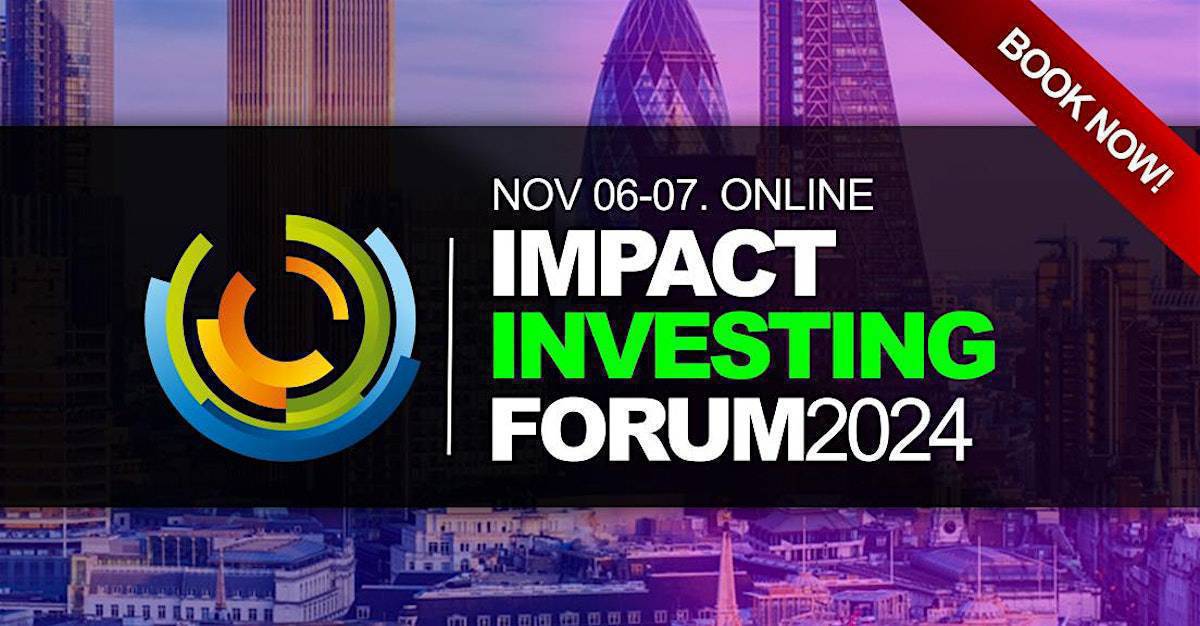Impact Investing’s Next Challenge Barron’sImpact Investing’s Next Challenge Barron’sImpact Investing’s Next Challenge Barron’s
Impact Investing Forum 2024
https://impactinvestingconferences.com/
Online Event. Nov 06-07, 2024.
Book Now!
*** ONE-TIME USE ***
Illustration by Rob Dobi
Since the term “impact investing” was coined by the Rockefeller Foundation 15 years ago, the approach has challenged the common narrative that investors must settle for lower returns if they want to bring about change.
But there’s now another major hurdle to the mainstreaming of impact investing: standardizing impact measurements to equip investors to make choices that best align with their goals.
“In financial markets, we have a whole infrastructure that allows any investor to make financial comparisons. But to determine impact we don’t yet have the same tools and resources available,” says
Sophia Sunderji,
research manager at the Global Impact Investing Network, an industry research and analytics nonprofit group.
Much like investors can compare mutual funds with similar styles and objectives, investors should be able to make decisions about investments by comparing impact, Sunderji says.
The challenge is twofold. The first is accurately measuring impact—it can take years for an investment to produce results, and it can be difficult to prove direct cause and effect.
Possibly even more challenging is standardizing the data so that one investment’s impact results can be fairly contrasted with another’s.
But the industry is making strides. Sunderji is leading GIIN’s effort to establish a go-to industry resource for due diligence on impact. This involves establishing core metrics for each type of impact goal from infrastructure and education to climate change and ocean pollution. With a combination of industry research and detailed reporting by impact investments, GIIN is crunching the data and quantifying impact.
The objective is to standardize data—using factors relevant to the area of intended impact—on GIIN’s existing database called Iris Plus (IRIS+) to make it easily comparable.
For example, for impact investors who want to help the estimated 1.7 billion adults globally without access to basic financial services, relevant metrics may be how many loans were issued to small businesses in underserved areas or the number of people who accessed financial services for the first time. Such data are finely sliced and diced by factors such as gender, region, asset, or credit size to be more meaningful for comparative purposes.
GIIN’s standardization process also seeks to evaluate future outcomes, Sunderji says. An investor might issue an impressive number of microloans, but how many of their recipients went on to create successful enterprises?
Tools are also evolving to measure the impact of investing in opportunity zones, which were established in 2018 under the Tax Cuts and Jobs Act. The law provides capital-gains tax incentives for investments in opportunity zones, which are areas identified as economically distressed.
The industry has seen average annual capital growth in the past three years of about 17% to just over $700 billion, driven in part by rising interest among institutional investors. Last year, insurance companies and pension funds each accounted for about 4% of impact capital, up from nearly nil five years ago, according to GIIN.
“Institutional investors are fiduciaries—they are finance-first and impact-second because they can’t
be sacrificing returns,” says Vikram
Gandhi,
founder and CEO of New Delhi-based VSG Capital Advisors and senior lecturer at the Harvard Business School. “They wouldn’t be investing if they didn’t think they could make market-rate returns.”
A next big driver of capital will be the estimated $40 trillion in wealth that will transfer from baby boomers to younger heirs over the next two decades, Gandhi says, adding that subsequent generations are more than three times more likely to include impact investments in their portfolios.
As tools to measure and compare impact are honed, enabling investors to choose effective investments, it is not just the capital that will be magnified—but its effectiveness in bringing about change.
This article appeared in the September 2021 issue of Penta magazine


